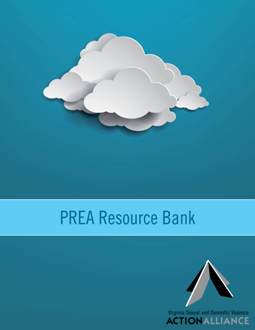Resources Library: Advocates
Start a Search:
Power and Control Wheel for Lesbian, Gay, Bisexual and Trans Relationships
The Power and Control Wheel for Lesbian, Gay, Bisexual, and Trans Relationships provides definitions and examples of coercive and abusive behaviors that may be present in LGBT relationships. The wheel can be used as a training tool for advocates and service providers, as well as a supportive and enlightening resource for survivors.
Power and Control Wheel: Abuse in Later Life
The Power and Control Wheel is a tool that helps explain the different ways an abusive partner can use power and control to manipulate a relationship. During 2005, NCALL staff asked facilitators of older abused women’s support groups to have participants review the Duluth Domestic Abuse Intervention Project’s Power and Control Wheel. Over 50 survivors from eight states responded. NCALL created this Abuse in Later Life Wheel from their input.
In addition to the tactics on the wheel, many offenders justify or minimize the abuse and deny that they are abusive. Perpetrators of abuse in later life may make comments like “she’s just too difficult to care for” or “he abused me as a child” to blame the victim, or try to minimize the abuse by stating the victim bruises easily or injuries are the incidental result of providing care.
Power and Control Wheel: Immigrant Women
The Power and Control Wheel for Immigrants is a resource prduced by the National Center on Domestic and Sexual Violence (www.ncadv.org) and provides definitions and examples of coercive and abusive behaviors that may be used by perpetrators of violence against immigrants. The wheel can be used as a training tool for advocates and service providers, as well as a supportive and enlightening resource for survivors.
Power and Control Wheel: People with Disabilities and Their Care-givers
"Caregivers are called different things in different contexts. Caregivers, aides, personal assistants, attendants, staff, etc. Sometimes they also have more specific titles like LNA for Licensed Nursing Assistant. Regardless of how any of these terms are used outside of the disability world, every single one of them, in the context of disability, refers to someone with incredible amounts of power over disabled people."
The Power and Control Wheel is a tool that helps explain the different ways an abusive partner can use power and control to manipulate a relationship. This wheel, produced and distributed by the National Center on Domestic and Sexual Violence, highlights the ways in which caregivers can exert control over those in their care.
PREA Part 1: What is the Prison Rape Elimination Act (PREA) Resource Bank?

If you are an advocate or an employee of a correctional facility or a juvenile detention facility, this online Resource Bank is for you – here you will find a collection of essential PREA resources, research, toolkits, templates, training, and more.
What is PREA?
PREA is the first United States federal law dealing with the sexual abuse/assault of people who are incarcerated. The intention of PREA is to address the prevention, reduction, and elimination of sexual assault and rape within all correction settings, including juvenile facilities.
Let’s Be Effective: Integration, Coordination, Consistency
If PREA is to be effective, it is critical that the key stakeholders implementing the standards and providing services for the people who are incarcerated do so in an integrated and coordinated way.
The PREA Resource Bank is designed to address a variety of perspectives and disciplines while also providing tools and resources focused on integrating and coordinating the multiple points of contact that a person who is incarcerated will encounter.
This Resource Bank is divided into 7 sections: 1. Back to Basics 2. PREA in Practice 3. Special Populations 4. Advocacy in Focus 5. Corrections in Focus 6. Key Reports & Research and 7. Training on Demand. In the Related Resources section at the bottom of this page, you can click on each section.
REQUEST TRAINING: Training and Technical Assistance. The Action Alliance Training Institute offers Training on Request and Technical Assistance on PREA. For more information: http://www.vsdvalliance.org/#/training/by-request.

